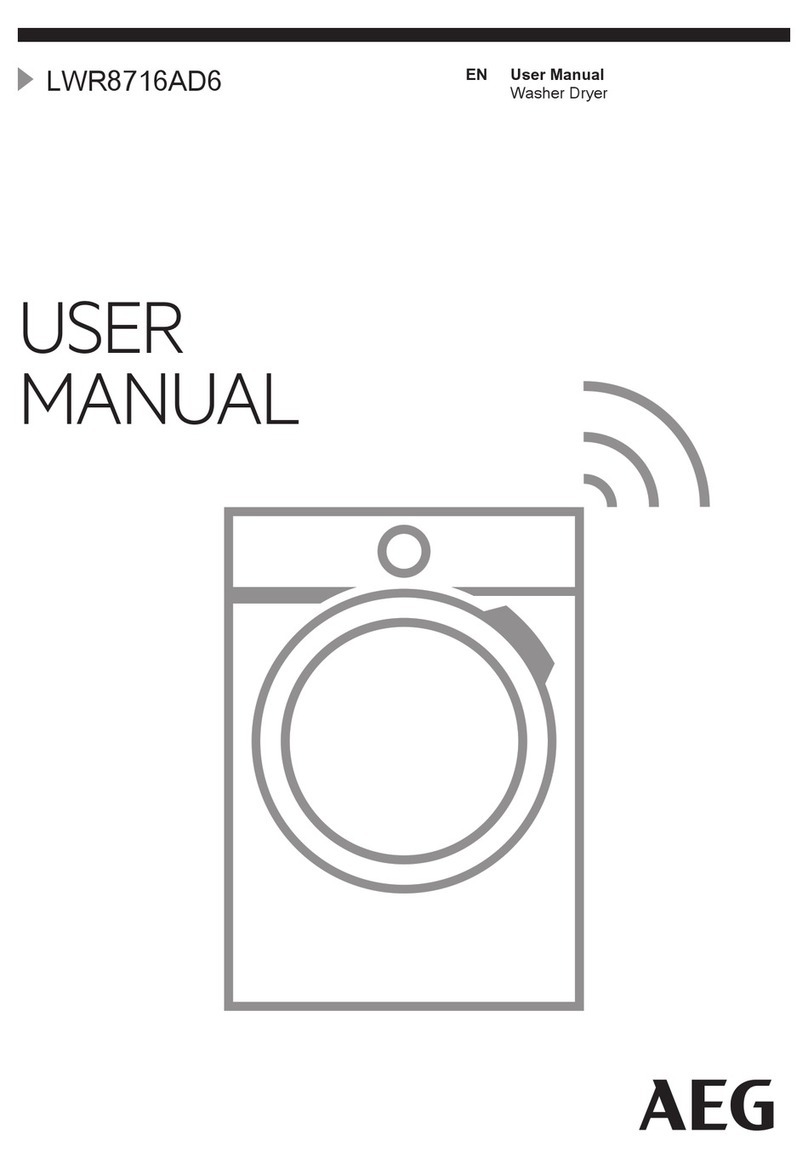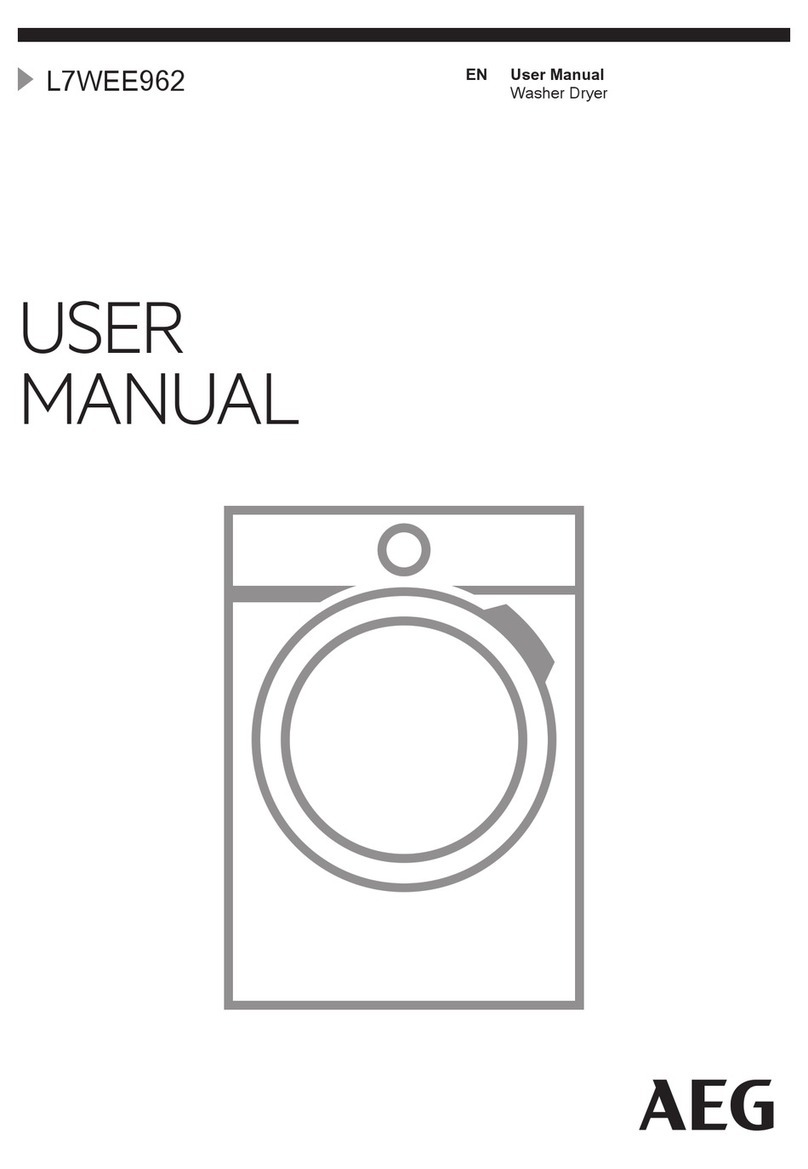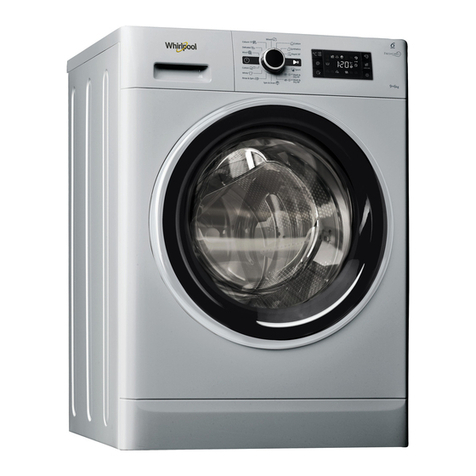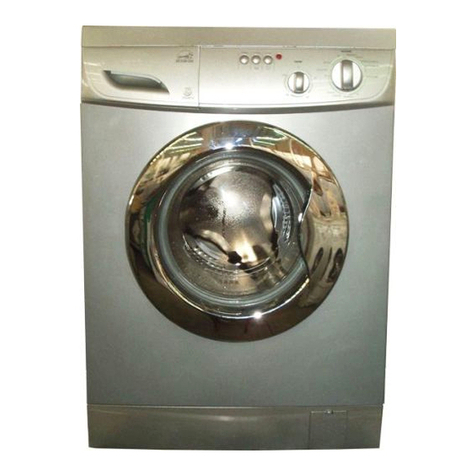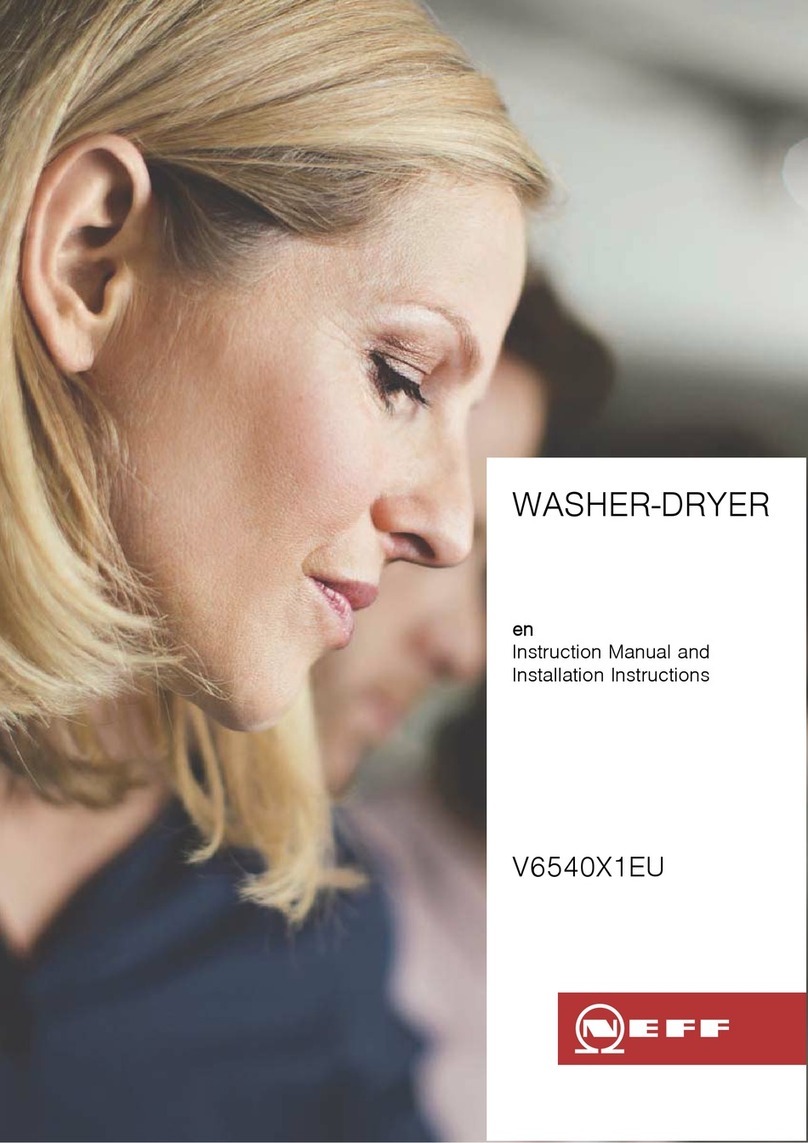AEG TURBO sensortronic OKO LAVAMAT 1480 User manual
Other AEG Washer Dryer manuals

AEG
AEG LAVAMAT 2200 I W-D User manual
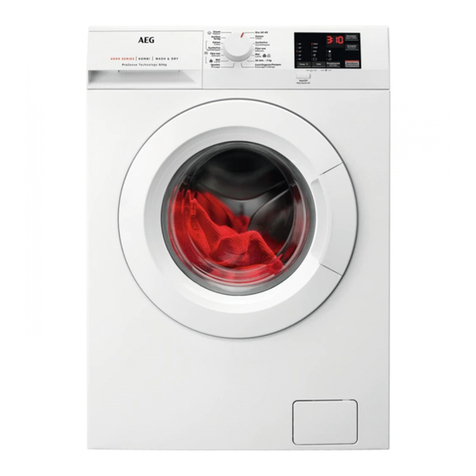
AEG
AEG L6WBJ846W User manual
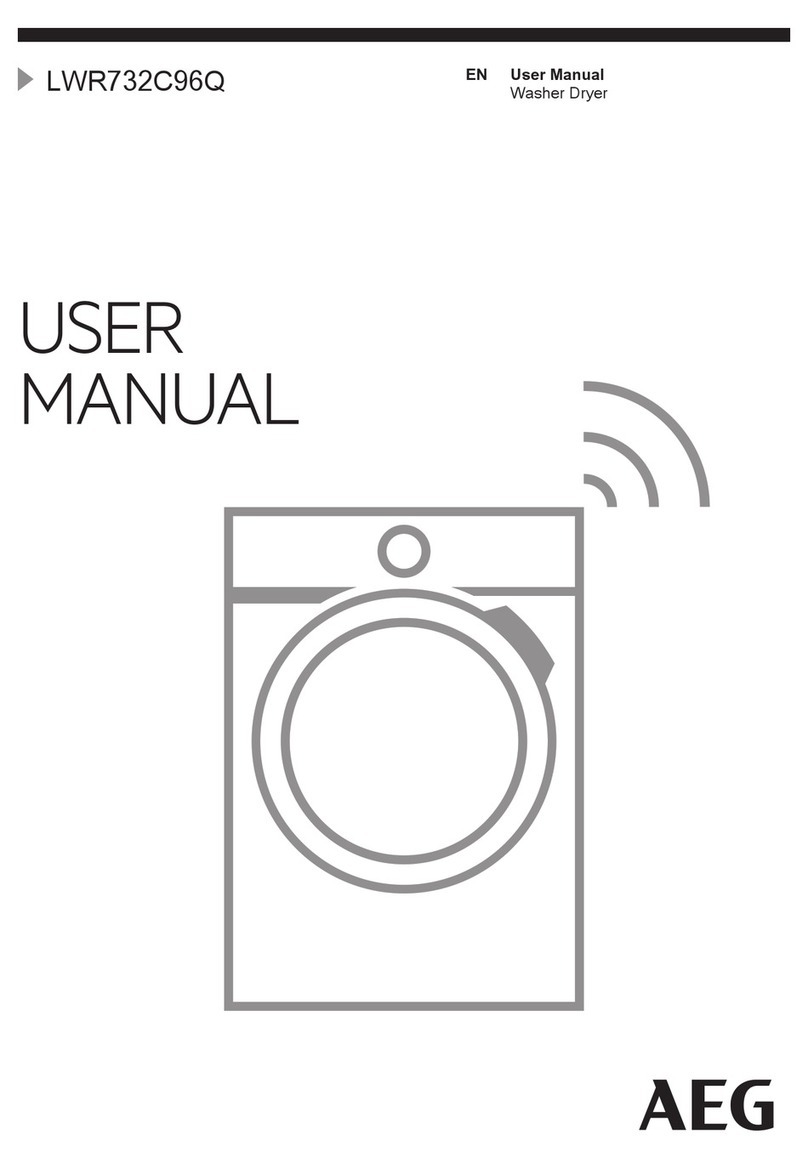
AEG
AEG LWR732C96Q User manual

AEG
AEG L9WE95OKO User manual
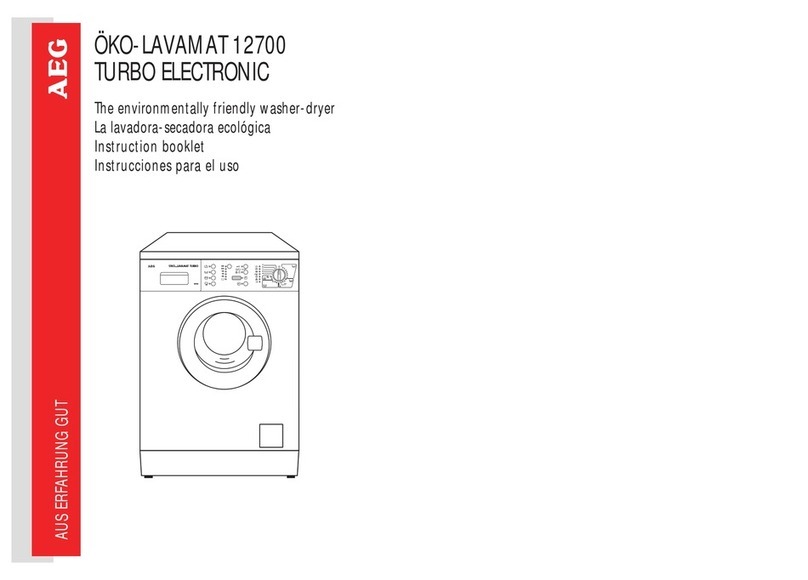
AEG
AEG LAVAMAT 12700 User manual

AEG
AEG LAVAMAT L 16850 User manual
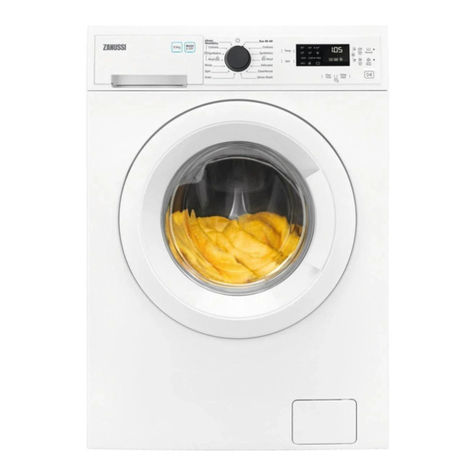
AEG
AEG L8WEE165C User manual
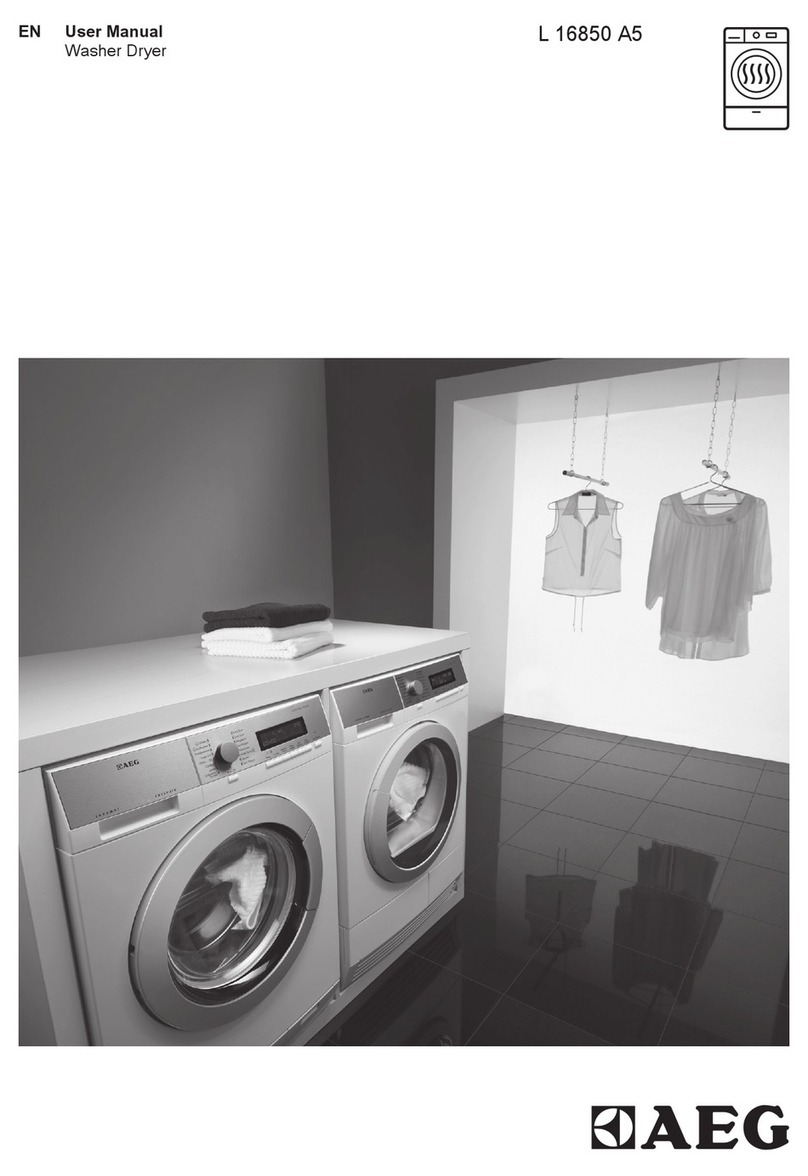
AEG
AEG L 16850 A5 User manual
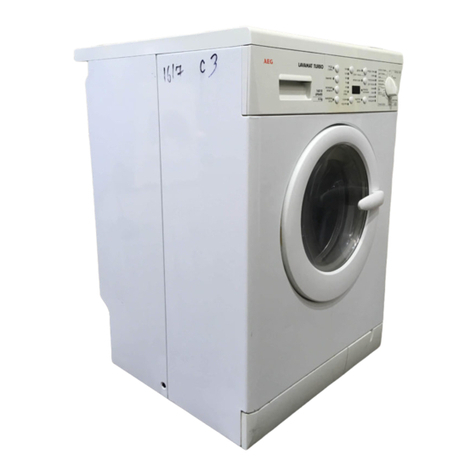
AEG
AEG LAVAMAT 14810 User manual
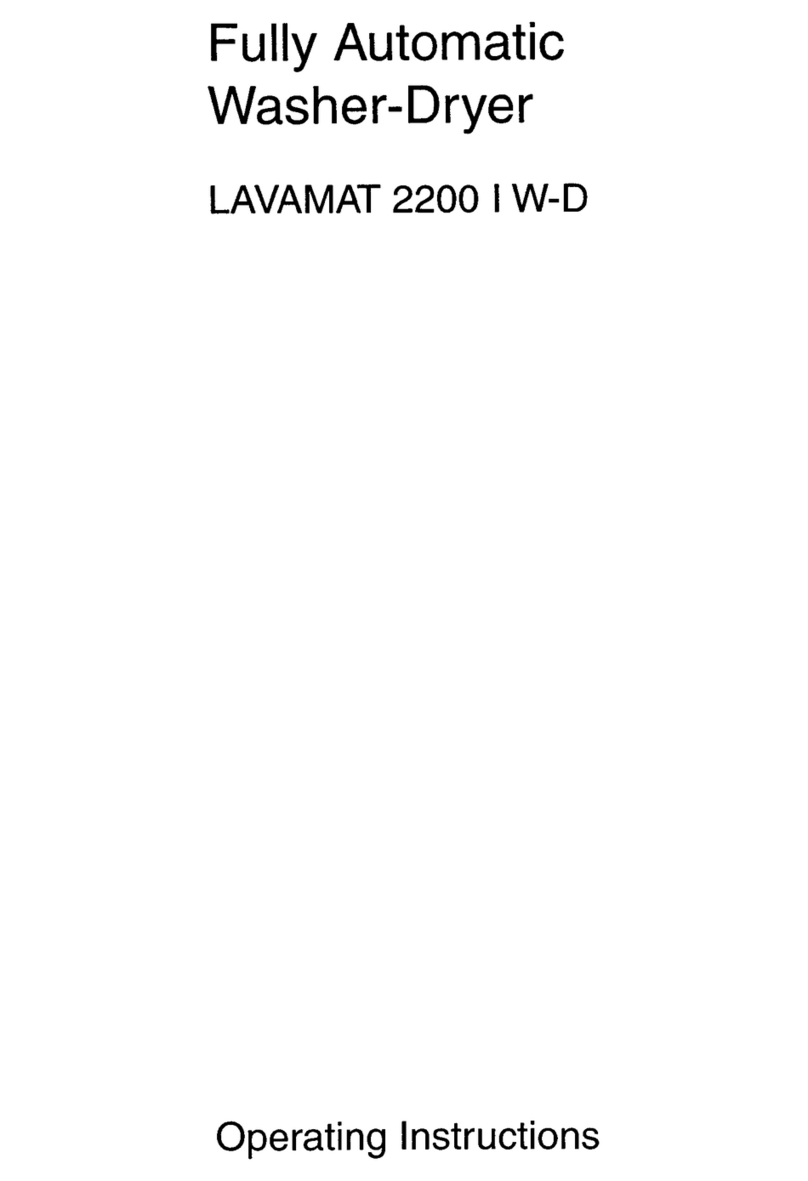
AEG
AEG LAVAMAT 2200 I W-D User manual
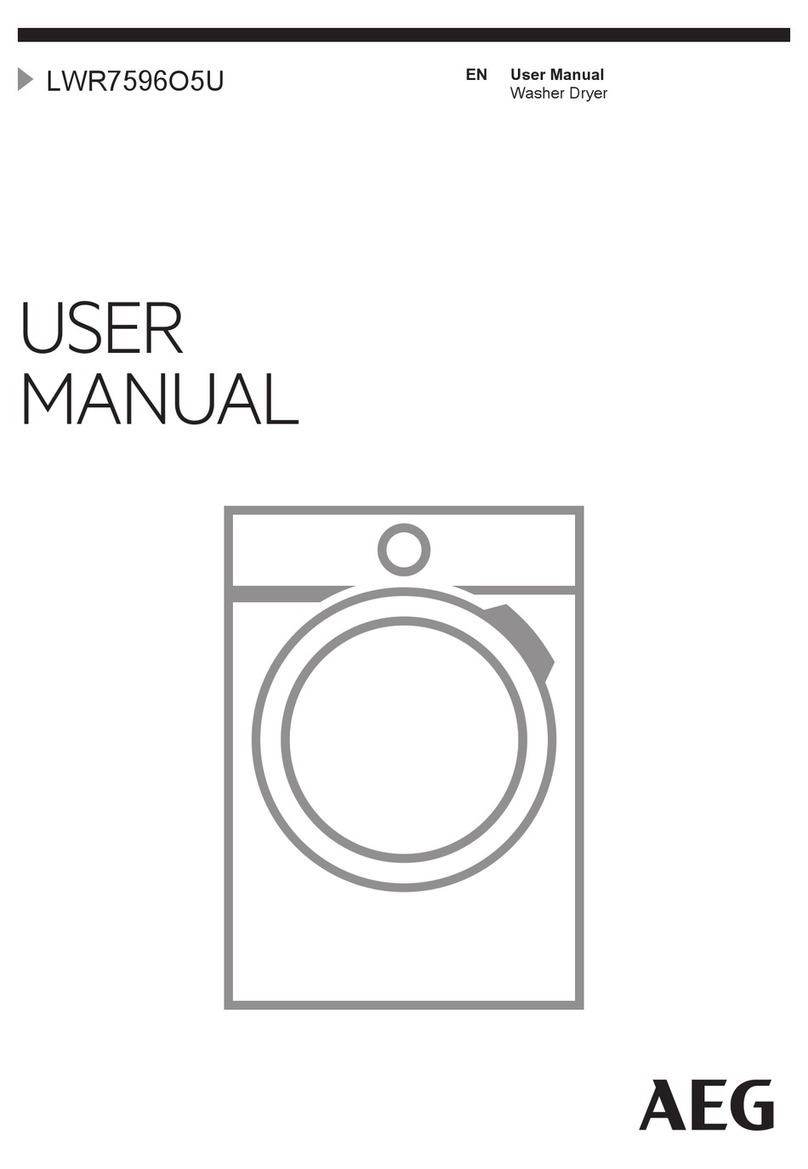
AEG
AEG LWR7596O5U User manual
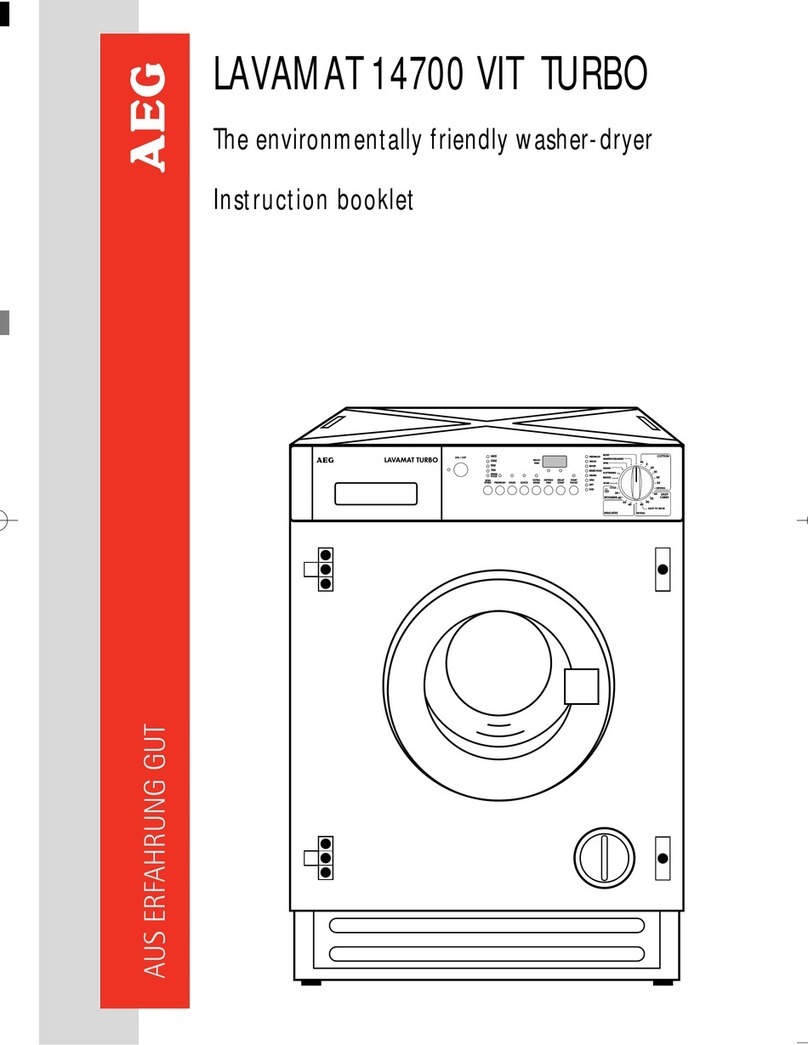
AEG
AEG LAVAMAT 14700 VIT TURBO User manual

AEG
AEG L8WBE68SI User manual
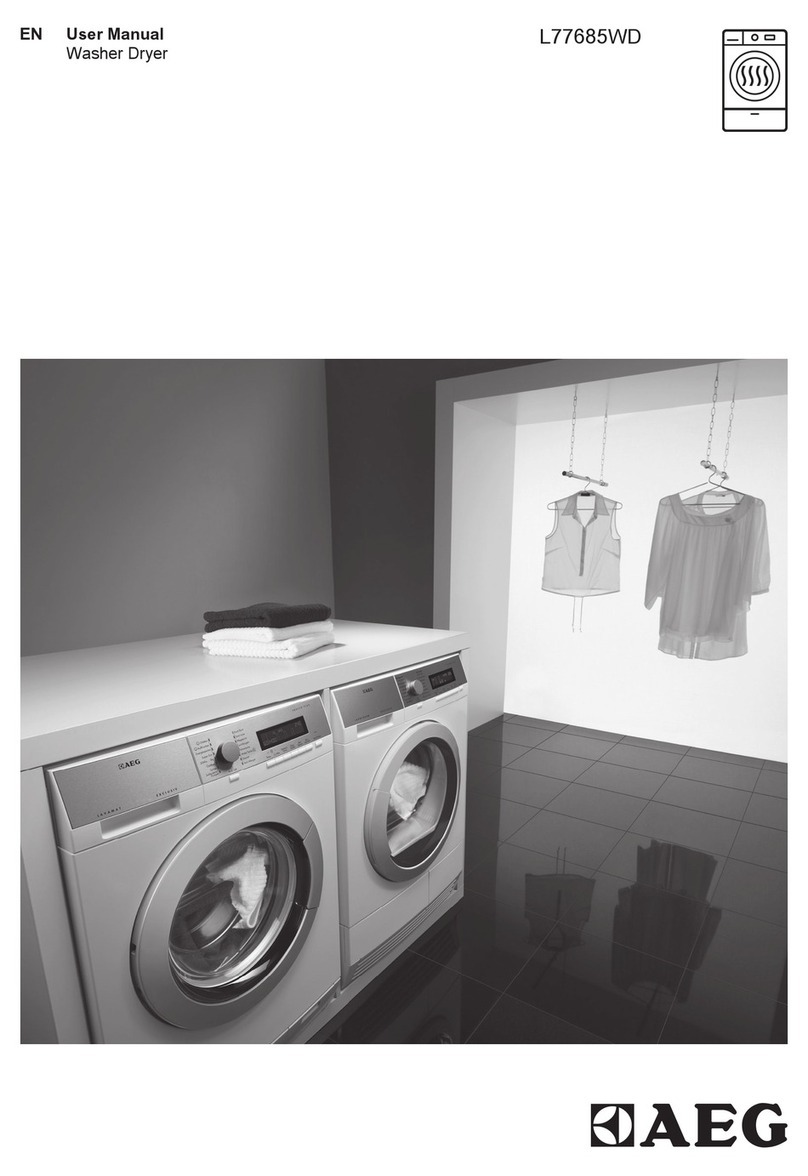
AEG
AEG L 77685 WD User manual

AEG
AEG L8WBC61S User manual
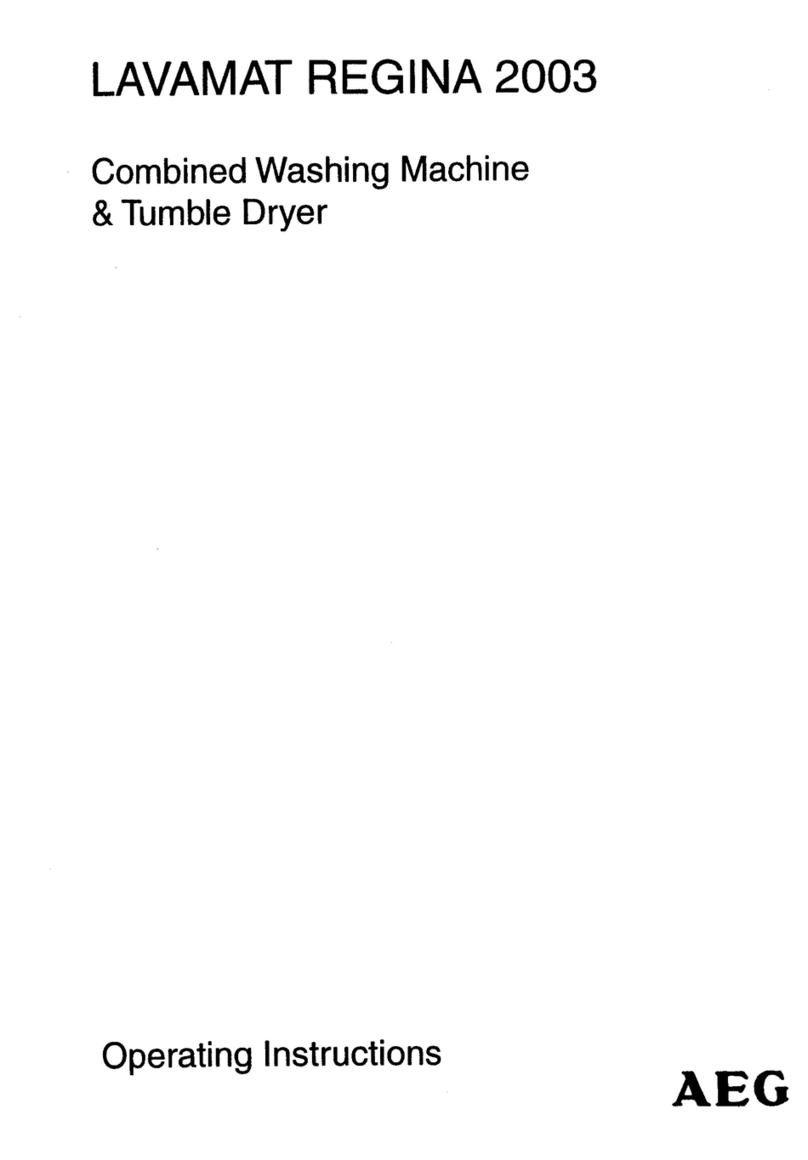
AEG
AEG Lavamat regina 2003 User manual
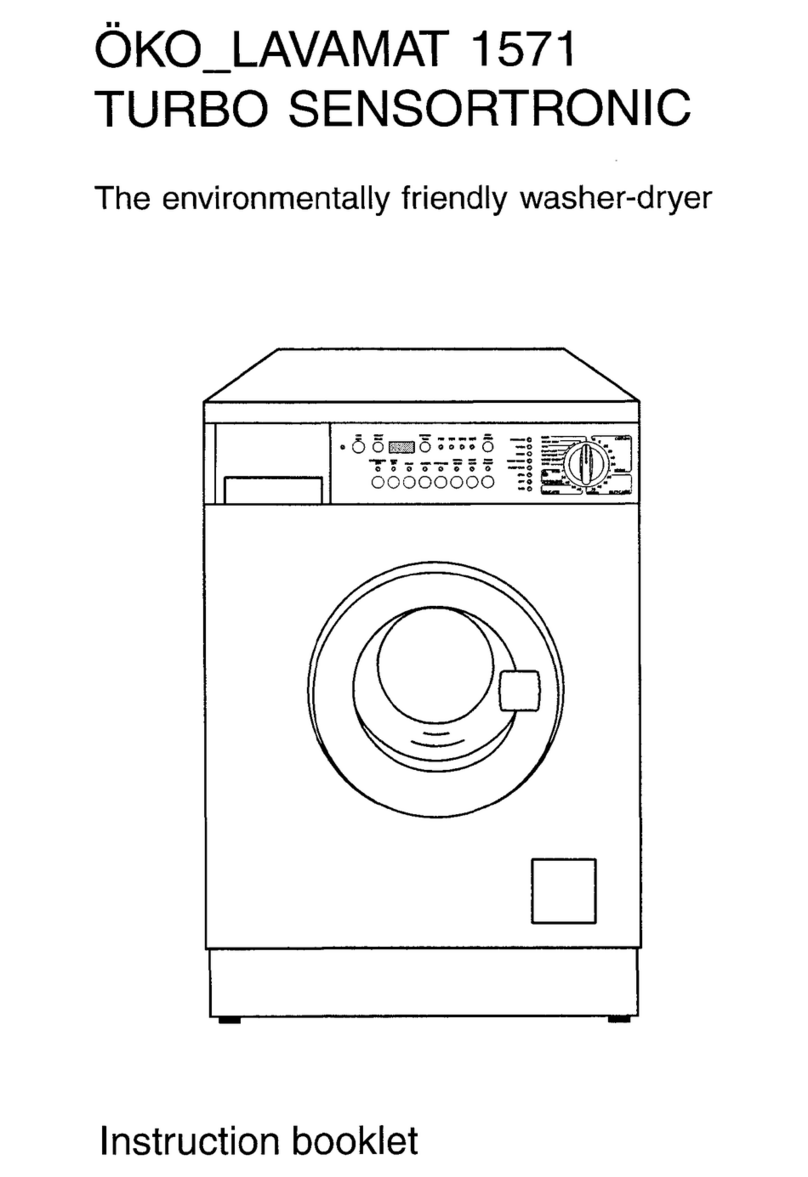
AEG
AEG OKO Lavamat 1571 turbo sensotronic User manual
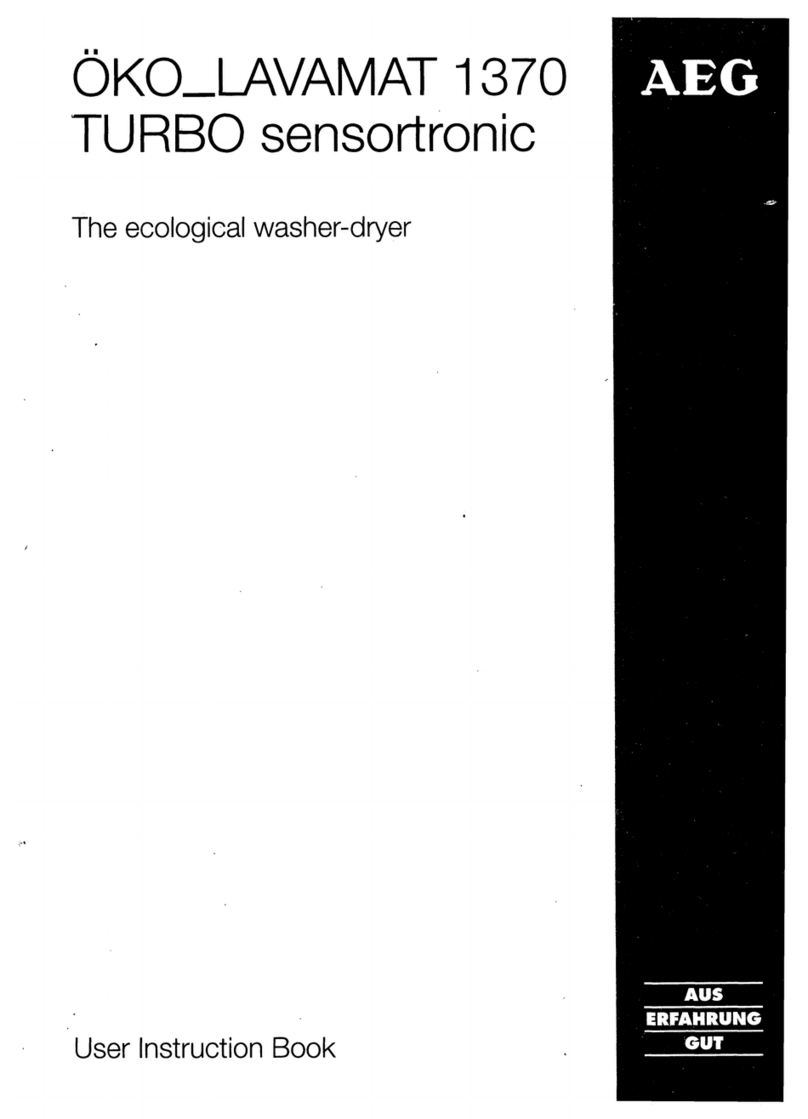
AEG
AEG LAVAMAT 1370 Installation instructions
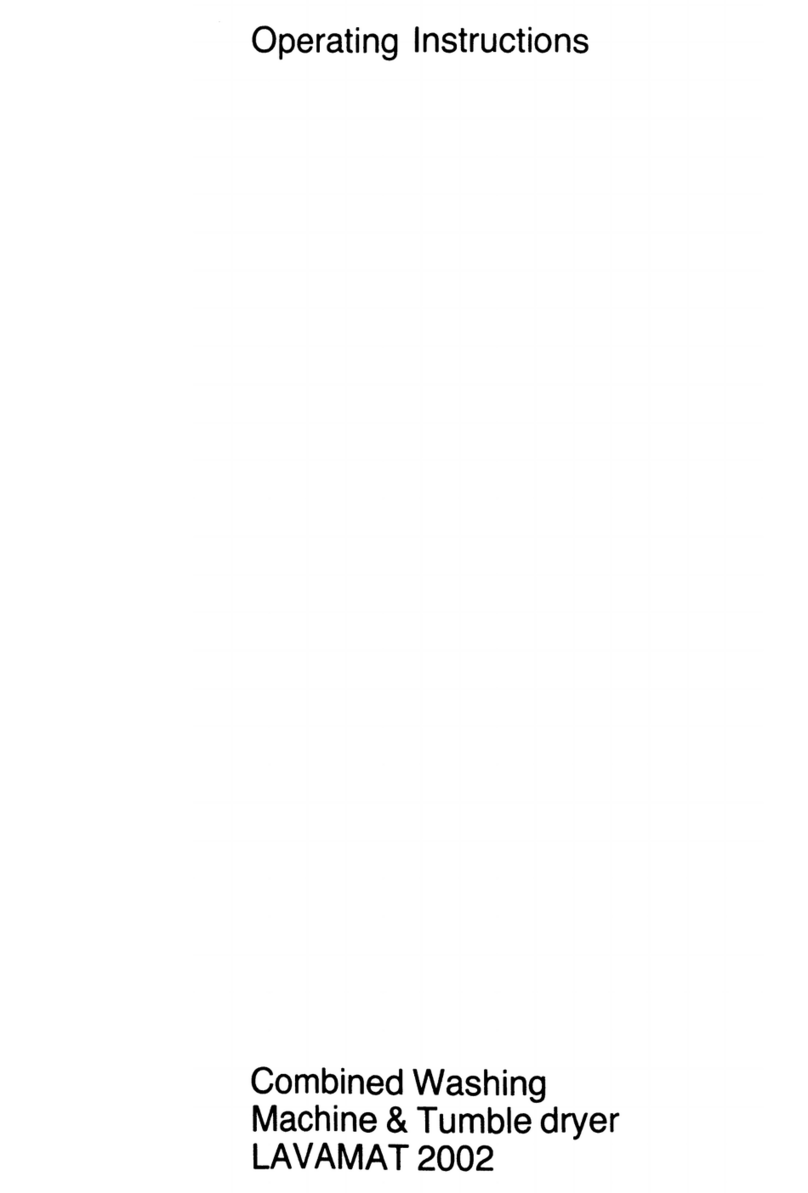
AEG
AEG Lawamat 2002 User manual
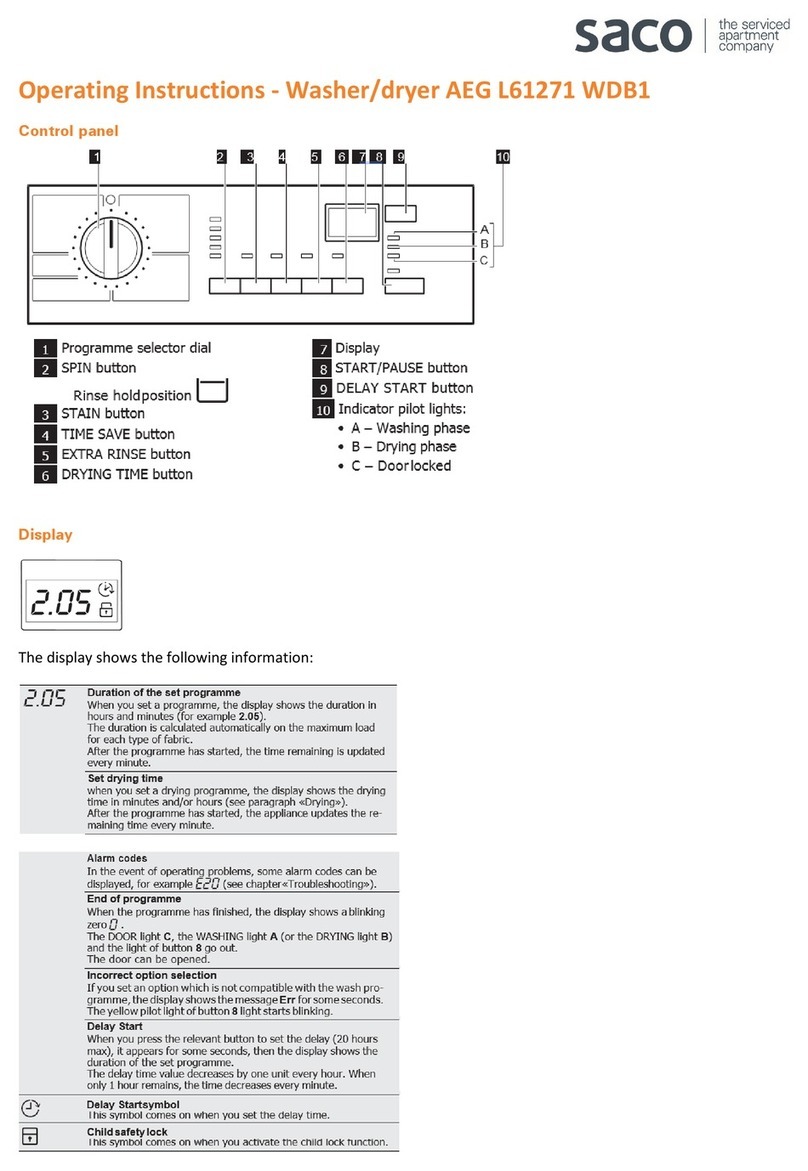
AEG
AEG L61271 WDB1 User manual
Popular Washer Dryer manuals by other brands
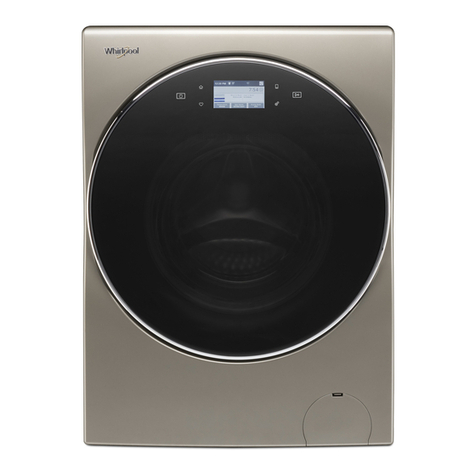
Whirlpool
Whirlpool WFC8090GX Use and care guide and installation instructions
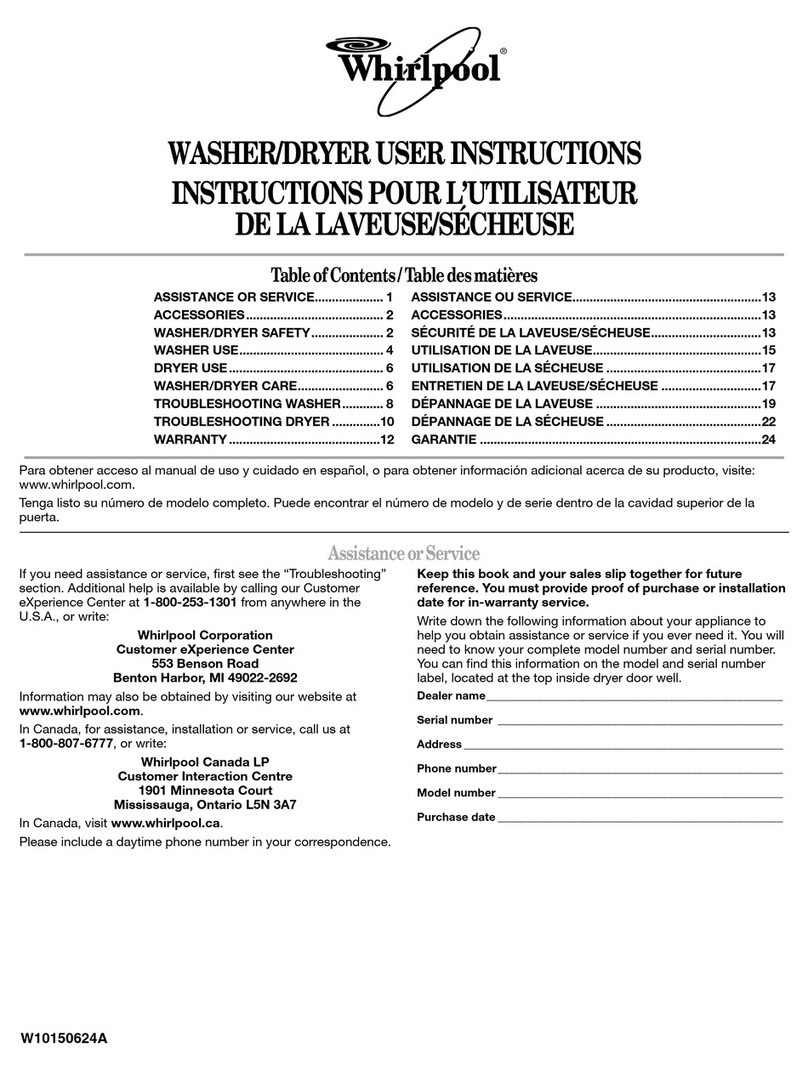
Whirlpool
Whirlpool LTE5243DQ6 User instructions

Bosch
Bosch XQG100-WDU285H00W User manual and installation instructions

Beko
Beko HTE10736XS user manual
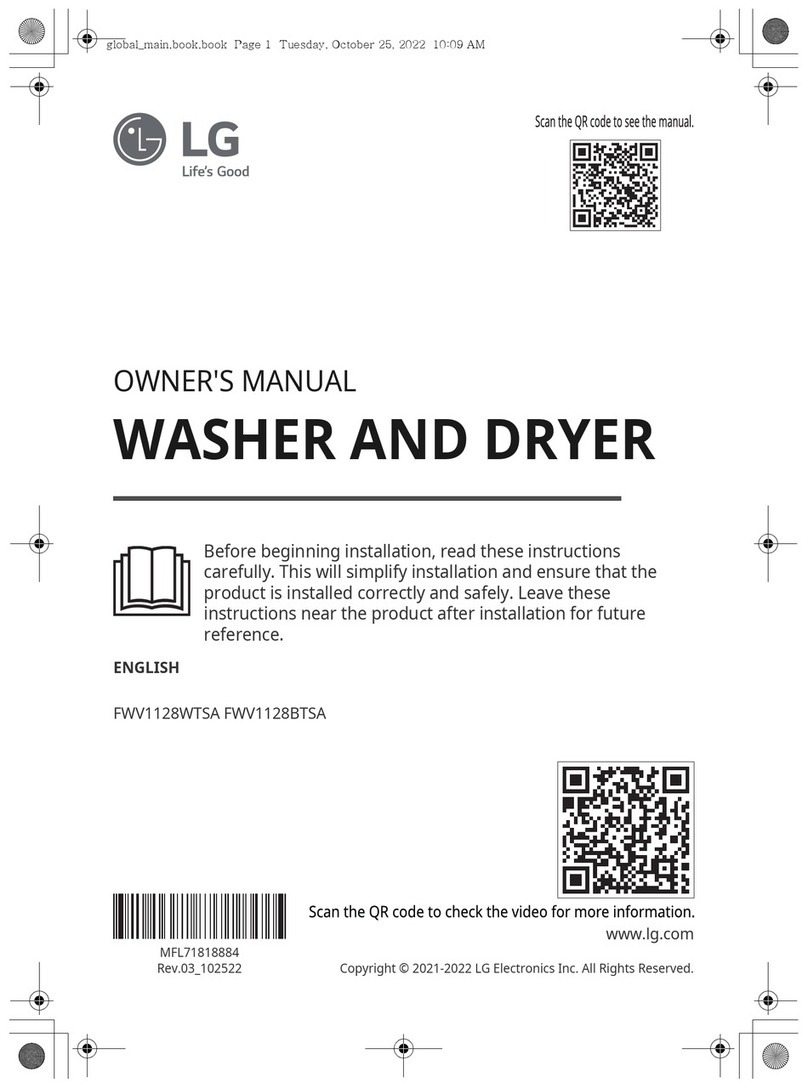
LG
LG FWV1128WTSA owner's manual
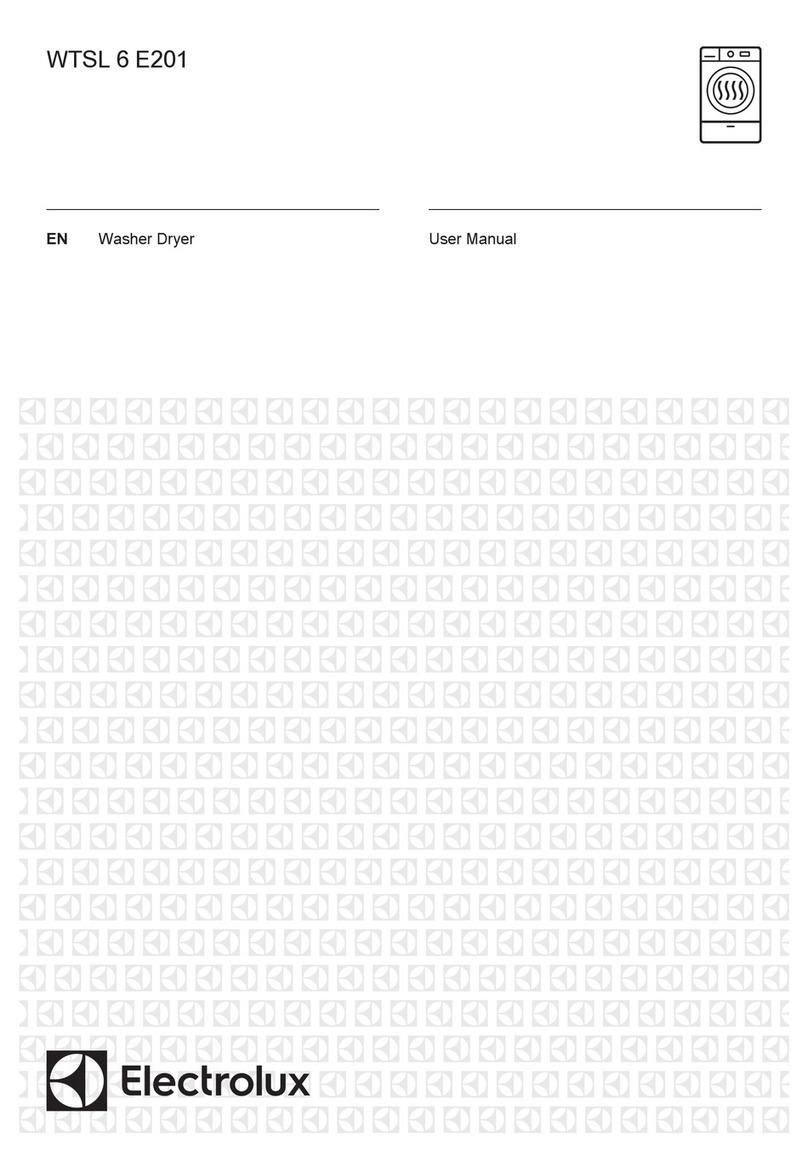
Electrolux
Electrolux WTSL 6 E201 user manual
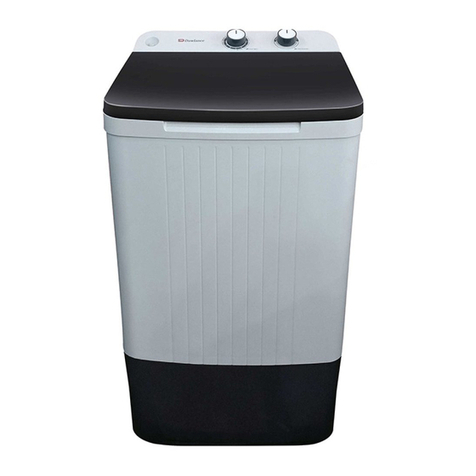
Dawlance
Dawlance Spinner DS 9000 CM owner's manual
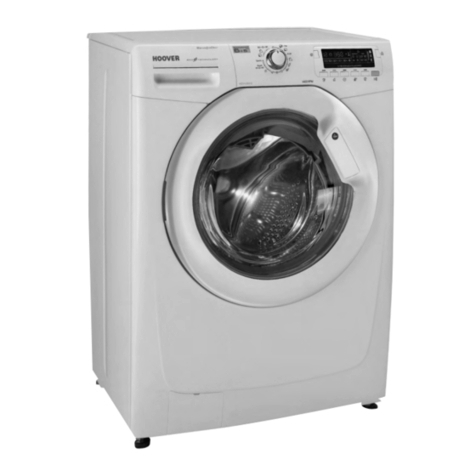
Hoover
Hoover WDYNS 654D-80 Instruction book
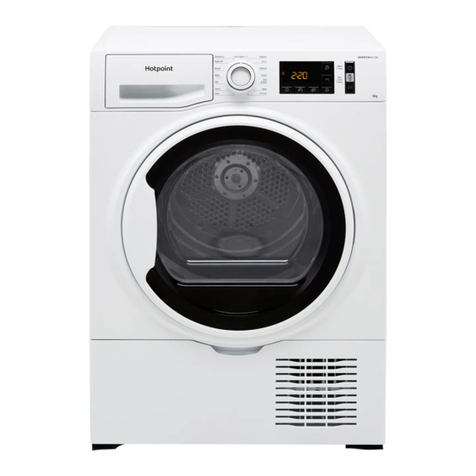
Hotpoint
Hotpoint H3D91WBUK quick guide
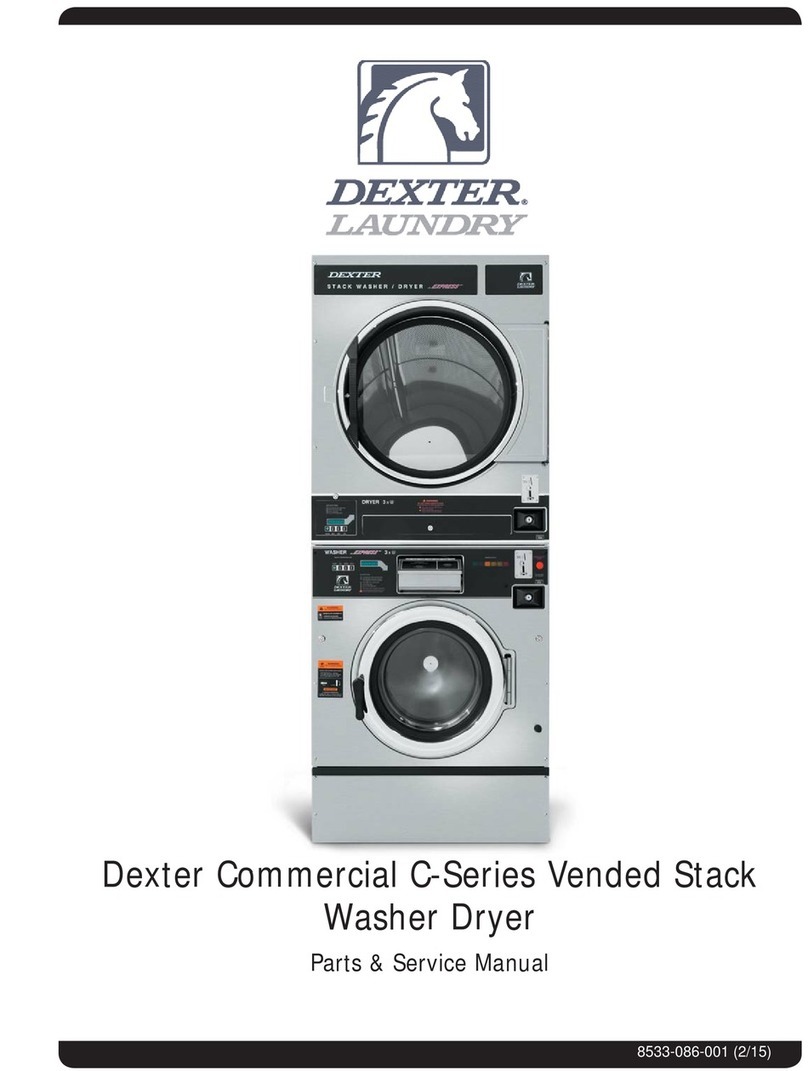
Dexter Laundry
Dexter Laundry C Series Parts & service manual

Cetron
Cetron STE26N5MNBBP0 manual
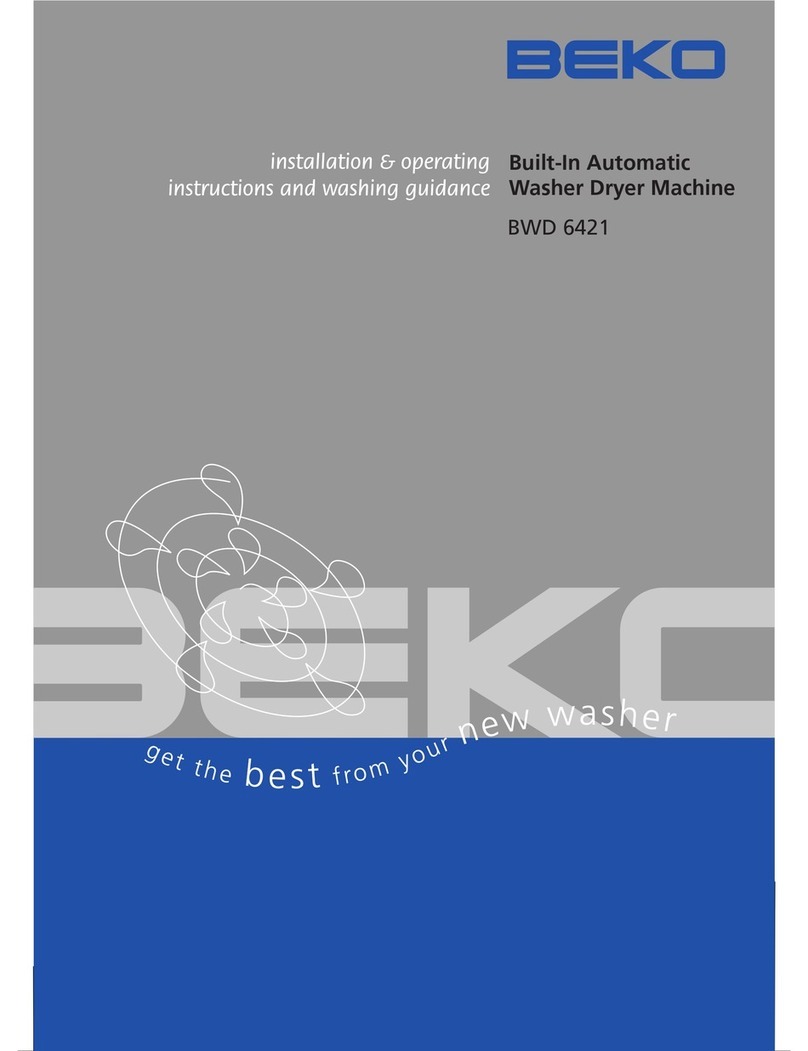
Beko
Beko BWD 6421 Installation & operating instructions and washing guidance


